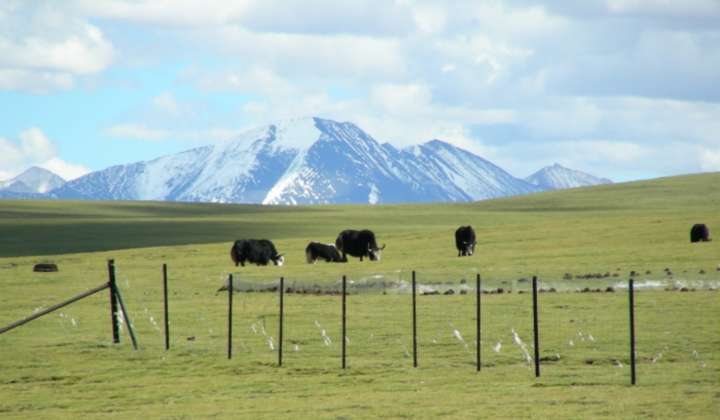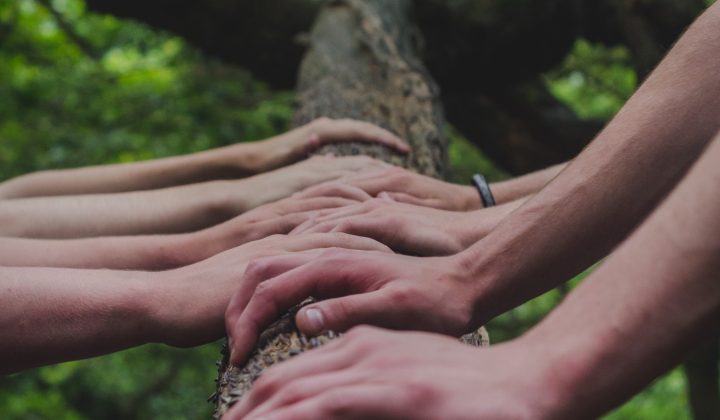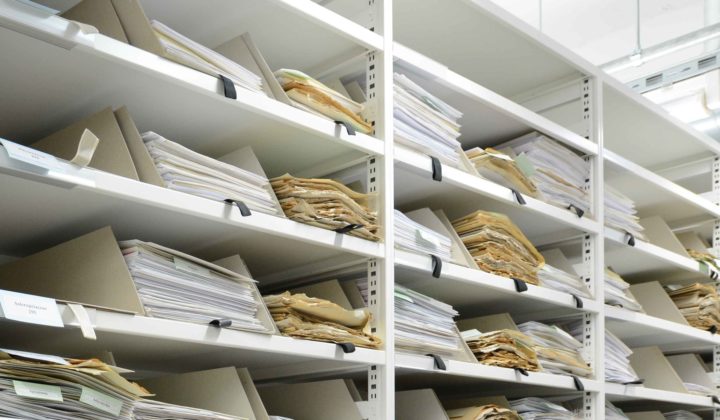
History of the collection
Herbarium (Phanerogams)
The basis of the collection was created by botanists of the Naturforschende Gesellschaft zu Görlitz, founded in 1811.
The oldest documents (around 1820) come from Christian Friedrich Burkhardt, a pharmacist from Niesky and Herrnhut. Like him, other important figures from Herrnhut where botanists and members of the Naturforschenden Gesellschaft zu Görlitz, for example P. F. Curie, C. F. Burkhardt, E. Wenck and J. F. Kölbing.
In 1860 all of the approximately 32,000 specimens, which had until then been united in the “Old Society Herbarium”, were divided by Reinhardt Peck. Since then, two sub-collections have been maintained; namely the “Herbarium Lusaticum”, the regional collection with specimens from Upper Lusatia and neighbouring areas of Poland, the Czech Republic and Brandenburg, and the “Herbarium Generale” with plant specimens from the rest of the world. The “Herbarium Generale” contains, among other things, extensive historical collections from Poland and missionary areas of the Herrnhuter Brüdergemeine in North and Central America, South-West Africa and Greenland.
Extensive collections can be found on the following plant groups:
Rubus, Hieracium, Taraxacum, Oenothera, Rosa as well as adventitious plants of the Upper Lausitz.
Custodes of the botanical collections:
Reinhardt Peck, 1860-1895
Hugo von Rabenau, 1895-1921
First full-time curator after stagnation phase:
Ingrid Dunger, 1965-1989, then head of the mycological collection
Siegfried Bräutigam, 1989-2009
Karsten Wesche, since 2010
Herbarium Senckenbergianum Görlitz (GLM)
The Herbarium Görlitz hosts a total of 185,000 vascular plants, 40,000 mosses, and more than 3,200 algae specimens. Moreover, there are 70,000 lichen and well over 110,000 fungi. The collections are based on the former Herbarium of the Natural History Society Görlitz from the 19th and early 20th century. So far, 190 type specimens of vascular plants, ca. 200 type specimens of lichens and about 500 type specimens of liverworts are known from the Görlitz collections.
Focus regions are Upper Lusatia and adjacent areas of Saxony, Poland, Brandenburg und the Czech Republic. We also have larger collections from Central and Northern Asia and the Caucasus, plus specimens from localities all over the globe mainly contributed by scholars from the Herrnhuter Brüdergemeine, also known as Moravian Church.
Our collections are part of the larger Herbarium Senckenbergianum. Together with our partners, we also maintain specialized digital collections such as the Virtual Herbarium of Critical Plant Taxa in Germany and the database on Chromosome Numbers of the Flora of Germany and the Virtuelle Herbarium of Lusatia.
Metadata on vascular plants are digitally available via the Botany Node at the Botanic Garden and Botanical Museum Berlin – Dahlem, and can be searched with the Global Biodiversity Information Facility–GBIF.
The Herbarium Senckenbergianum Görlitz is JSTOR Global Plants Partner


